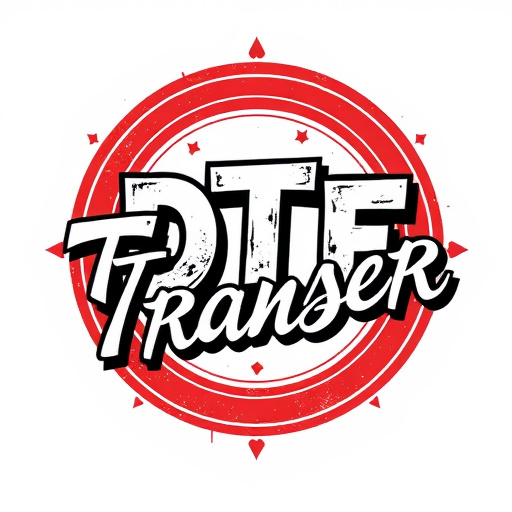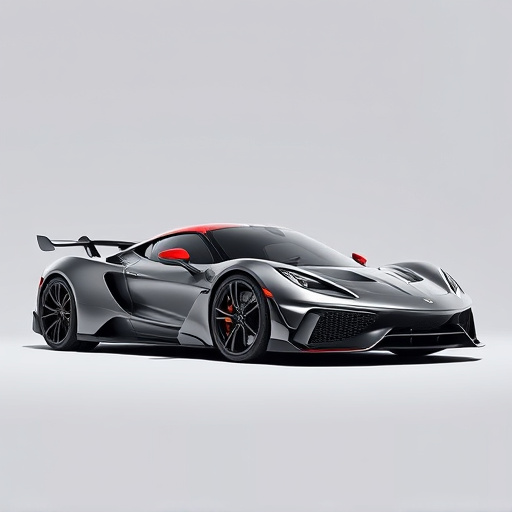When comparing K&N and Gexhaust’s Gexhaust’s aFe Power air intakes, the primary differences revolve around construction materials, performance, installation, maintenance, and cost. K&N uses synthetic media for efficient airflow and easy maintenance, while aFe Power employs a blend of cotton and polyester for enhanced durability. K&N offers less restrictive filters for improved horsepower, whereas aFe Power focuses on premium engineering for better throttle response. Installation is straightforward for K&N, but aFe Power may require more specialized knowledge. K&N is cost-effective, while aFe Power intakes are positioned at a higher price point due to their advanced features. The choice depends on individual preferences and desired performance levels.
“Unveiling the nuances between K&N and aFe Power intakes, this comprehensive guide compares their design, materials, performance, and efficiency. While both brands enhance engine power, their approaches differ significantly. We dissect these variations in detail, from the unique intake designs and material choices to their real-world performance impact. Furthermore, our analysis delves into installation ease, maintenance requirements, and cost considerations, empowering buyers to make informed decisions between K&N vs aFe Power intakes.”
- K&N vs aFe Power Intake Design and Materials
- Performance and Efficiency Comparison
- Installation, Maintenance, and Cost Analysis
K&N vs aFe Power Intake Design and Materials

When comparing K&N and aFe Power intake designs, one notable difference lies in their construction materials. K&N, known for its high-quality air filters, often utilizes synthetic media with oiled, washable fibers. This design allows for efficient air flow while capturing contaminants effectively. On the other hand, aFe Power takes a different approach by employing a unique blend of cotton and polyester materials in their filters. This composite material offers superior durability and is designed to withstand extreme conditions, ensuring long-lasting performance.
The K&N filter’s simplicity in design translates to easy maintenance, as it can be cleaned and reused multiple times. In contrast, aFe Power intakes may require more frequent replacement due to their complex construction but offer enhanced performance and a longer service life, making them a preferred choice for those seeking top-tier filtration with increased engine protection. These differences highlight the varying strategies employed by these brands in enhancing vehicle air intake systems.
Performance and Efficiency Comparison

When comparing K&N and aFe Power intakes, one of the key aspects to consider is performance and efficiency. Both brands offer high-quality air intake systems designed to enhance engine performance, but they differ in their approaches. K&N, known for its DIY-friendly designs, focuses on providing cost-effective solutions without compromising quality. Their filters are often less restrictive, allowing for improved airflow and potentially increasing horsepower and torque.
On the other hand, aFe Power intakes are designed with a more premium focus. These systems typically feature advanced filter media and sophisticated engineering to deliver optimal air flow efficiency. This can result in better throttle response and smoother power delivery, making them popular choices for those seeking a balance between performance gains and drivability. The difference lies in the level of customization and tuning available, with K&N catering to budget-conscious enthusiasts and aFe Power targeting those seeking maximum efficiency and refined driving dynamics.
Installation, Maintenance, and Cost Analysis

When comparing K&N and aFe Power intakes, one key area to consider is the installation process. K&N filters are renowned for their straightforward installation, often requiring minimal tools and time. This makes them an attractive option for DIY enthusiasts looking for an easy upgrade. In contrast, aFe Power intakes might demand more specialized knowledge and equipment, particularly in complex vehicle models, leading to a longer installation duration.
Maintenance is another critical aspect that sets these two brands apart. K&N offers durable filters that can last for hundreds of thousands of miles, requiring minimal maintenance. Regular cleaning with simple tools is usually sufficient. On the other hand, aFe Power intakes may necessitate more frequent replacement due to their advanced design, which could increase long-term maintenance costs. In terms of cost analysis, K&N generally offers competitive pricing, while aFe Power intakes might be positioned at a higher price point, reflecting their premium construction and potentially enhanced performance capabilities.
When comparing K&N and aFe Power intake systems, understanding their distinct design, materials, and performance characteristics is key. Both brands offer high-quality air filters, but they cater to different needs. K&N focuses on washable, reusable designs for long-term cost savings, while aFe Power intakes often incorporate more exotic materials for enhanced airflow and peak performance. In terms of installation, maintenance, and cost, K&N generally provides an easier, more budget-friendly option, making it ideal for everyday drivers. Conversely, aFe Power may be the better choice for enthusiasts seeking maximum power gains, willing to invest in premium components. Ultimately, the best intake system depends on individual priorities.














